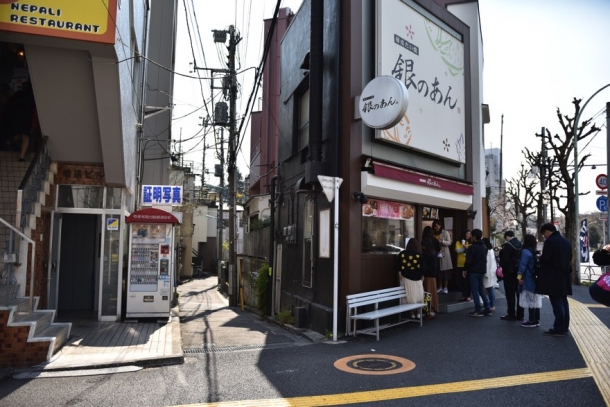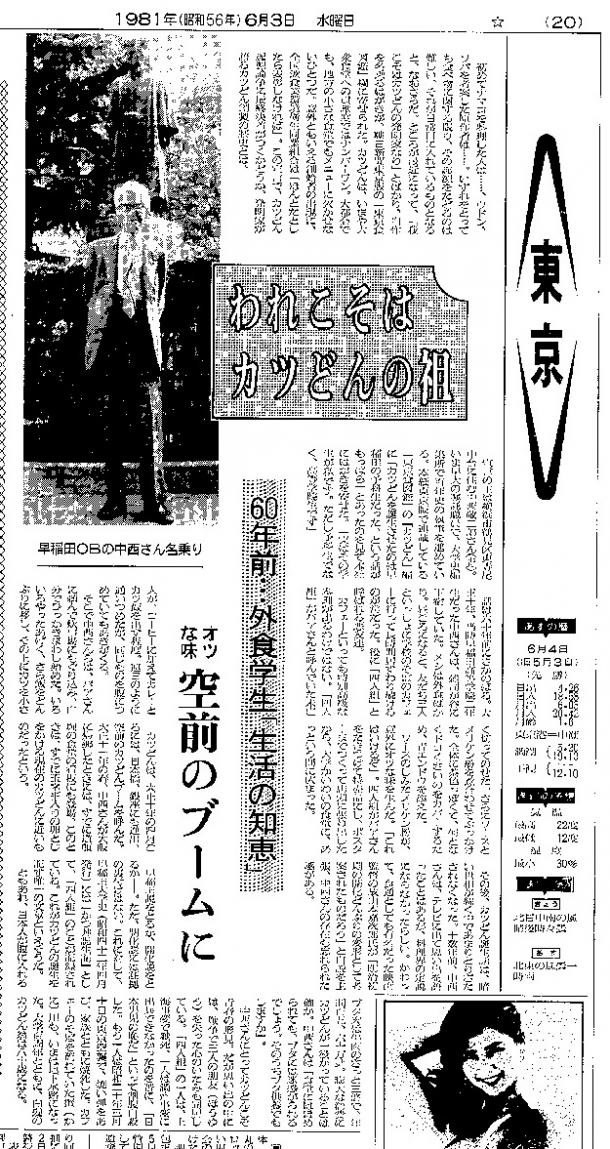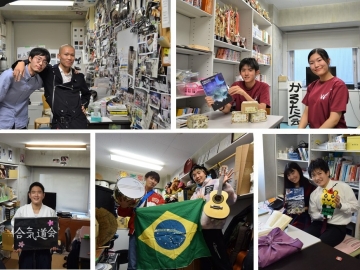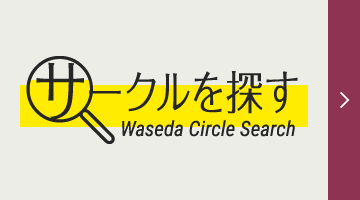
#2 Was the originator of katsudon a student at Waseda University Senior High School?
Another theory surrounding katsudon’s origins claims that the late Keiniro Nakanishi, a lecturer at Waseda University and the author of 80 Years of Waseda University History, proposed the idea for katsudon when he was a student at the Senior High School. Memoirs of Waseda University History Vol. 2 No. 1 (published in 1967) references “the birth of katsudon” and describes how Nakanishi, who was a regular at the café Café House located near Anahachimangu Shrine, invented katsudon.
It was February 1921. At that time there were fewer than ten restaurants in the vicinity of Waseda University, and restaurants at which one was able to eat lunch were limited to Takata Bokusya, Sanchoan, Oonoya, and Milk Hall. Café House was located at the foot of the bridge that crossed the Kani River, which flowed horizontally through Waseda Road. Nakanishi, an 18-year-old first-year student at the Senior High School who lived in a lodging house, frequented this café every day.

This narrow alley near the babashitacho intersection is all that remains of the Kani River. It’s believed there used to be a bridge here. In what area was Café House located?
Nakanishi had grown tired of eating curry and cutlet rice, and decided to change things up. Nakanishi went into the restaurant’s kitchen, moved the cutlet rice, which was on a plate, to a bowl, cut the pork cutlets and placed them on top, simmered wheat flower and oyster sauce together in a frying pan and added the thick sauce to the rice bowl, and sprinkled green peas on top. Claiming it had a peculiar taste, Nakanishi convinced the restaurant owner to sell the dish as a specialty called “katsudon.” The new dish was well received by friends, and throngs of orders from excited students overflowed the restaurant after Nakanishi hung a paper notice in front of the restaurant which read “the birth of katsudon.”
Sixty years later Nakanishi came across a column highlighting Tokyo eateries in the April 27, 1981 edition of the Asahi Shimbun. It read: “Most stories suggest that a Waseda University preparatory student gave birth to katsudon. If the name of this student ever becomes known, a statue of them should be erected alongside that of Okuma.” Nakanishi sent a letter to the newspaper informing them that he was the student in question, and on June 3 of the same year, an article titled “Nakanishi-style Katsudon,” which included a large photograph of Nakanishi and the headline “I am the founder of katsudon,” appeared in the Asahi Shimbun. It was from here on out that the story of katsudon’s Nakanishi-style origins spread and gained traction.

A page from the June 3, 1981 edition of Asahi Shimbun with the article on Nakanishi (letter of acceptance No. A17-0006). The article includes a picture of Nakanishi in front of the Okuma statue. *Asahi Shimbun prohibits the reprinting of this article and photograph without permission.
In an interview between culinary researcher Keiko Kosuge and Nakanishi, which appeared in Nippon Yoshoku Monogatari (published in 1983 by Shincho), Nakanishi explains: “All I did was add cutlet rice to a rice bowl, but it was different from what people were used to and must have appeared fresh and new. It wasn’t long before it spread to restaurants in the Waseda neighborhood. In April, katsudon began appearing on the menus of restaurants in Ginza and Nihonbashi, but most surprising of all was that when I returned to Osaka during the summer break, I discovered that it had even spread to restaurants at Dotonbori! I thought, ‘Of course! As expected of Osaka and its extravagant tastes!’”
While it is true that Nakanishi’s story took place in 1921, after the Sanchoan origin story which supposedly took place in 1918, the Nakanishi origin story is referenced in documentation from 1967 and therefore the oldest katsudon origin story that can be verified with documents. However, there is a third katsudon origin story which supposedly took place in 1913 at a restaurant in Waseda’s Tsurumakicho neighborhood.
Katsudon Origin Story #3 Yo-roppaken’s Sauce Katsudon from Fukui
English translation: Joachim Muntal







